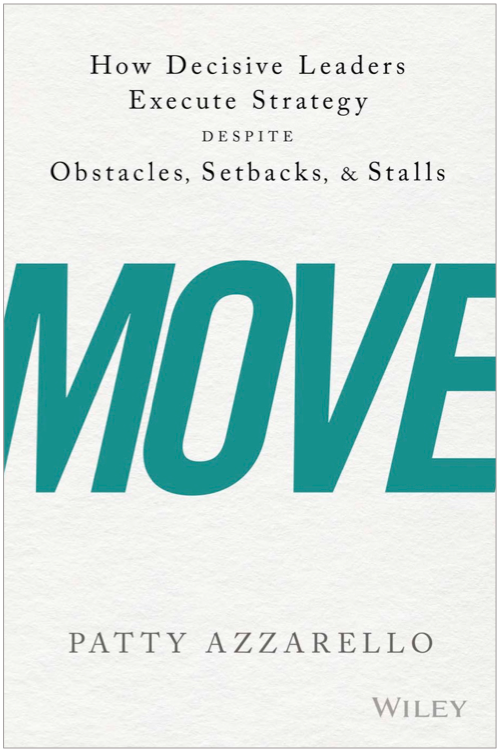 I was leading a Career Day last week with a group of executives, and we were discussing the topic of how to get your team from the head-nodding, shallow agreement phase, to DOING what you are all talking about.
I was leading a Career Day last week with a group of executives, and we were discussing the topic of how to get your team from the head-nodding, shallow agreement phase, to DOING what you are all talking about.
- Talking does not add value
- Unspoken disagreements do not add value
- Head nodding, then inaction does not add value.
Only action adds value.
A question came up about conflict:
“It seems that to get the kind of clarity you are suggesting will require causing or at least facing some conflict.
If people don’t agree with the decision, you are suggesting that to get real buy-in you need to bring that disagreement out into the open.
I don’t think all of my managers are able to do this”.
Another person commented that in a recent survey of managers only 14% of them were comfortable with using constructive conflict to make progress.
“So what do we do with the other 86%?”
Those 86% of people either need to get comfortable with constructive conflict (or learn to do it anyway), re-consider their role in management, or forever be mediocre leaders.
Leading means getting conflict out in the open and working through it:
- Reinforce the expectation that achieving clarity and action will require a trip through conflict, and that this is what they are supposed to be doing.
- Walk through it. Ask who will disagree? What will their issue be? What will they likely say? What will you say in response?
- Define what a clear “after-conflict” action plan looks like – Who are the owners? What are the resource moves? What are the new priorities? What stops? Make it clear that they don’t have the job done without this.
- Offer to support them if they need it. Go to the meeting. Support your manager to enter the productive conflict period and drive for clarity.
- Give them some training specifically in this area.
- Not a bad book on the general topic of difficult communications: Fierce Conversations, by Susan Scott
By the way… reasons people avoid conflict:
There are so many reasons that people nod their head in the meeting and then don’t act.
- They just want to get out of the meeting and agreeing will make it go faster
- They weren’t really listening and everyone else is nodding, so why not go along?
- They didn’t really agree, but disagreeing is not worth the trouble – it won’t matter
- They don’t think you’re really serious, so why bother investing any energy in it?
So you end up with a comfortable, but “shallow”, agreement.
The only problem is: there is no real progress, and the work doesn’t get done.
An artificial sense of team harmony or pleasantness, which is followed by a lack of action, does not add value to the business.
Only action adds value.
What do you think? How do you deal with conflict constructively? Please leave your thoughts and comments.
WANT TO GET BLOG UPDATES?
If you would like to get updates of my BLOG in your email or RSS you can subscribe here.


